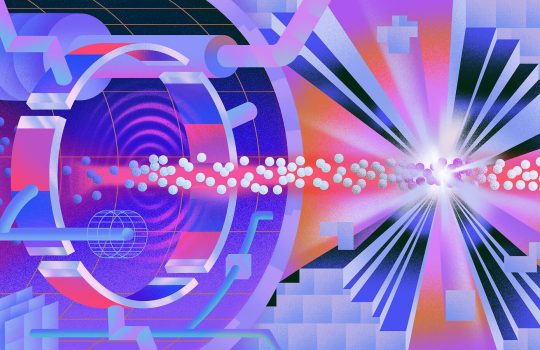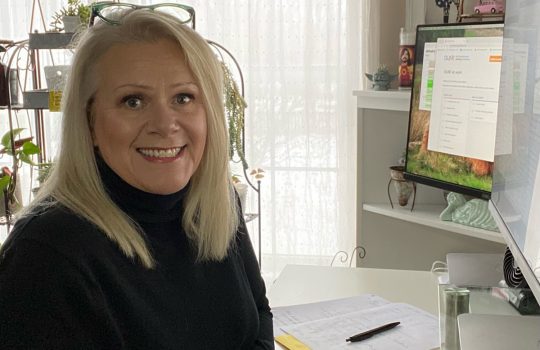Quantum teleportation makes progress, but toward what?
- computing
- data
- quantum
- quantum communication
- quantum entanglement
- quantum internet
- quantum network
- quantum teleportation
- qubits
From Data Center Knowledge, Feb. 3, 2021: That Fermilab and partners achieved sustained, high-fidelity quantum teleportation has big implications in many fields. Fermilab scientist, Panagiotis Spentzouris talks about what the results could mean for the future of data centers.



